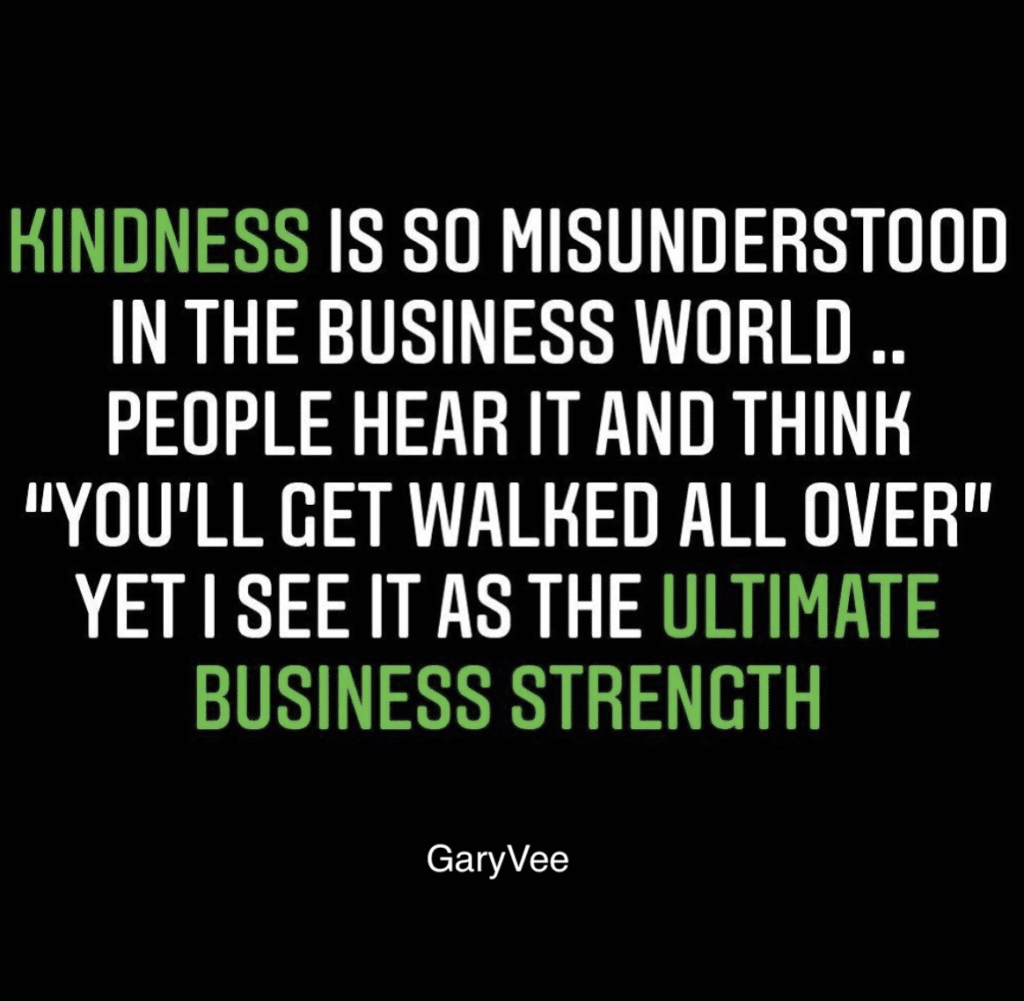Lately, I’ve taken a ton of calls with prospective clients and something dawned on me that I believe is an important part of retaining great hires while thriving with massive growth within the marketing department: the CMO should be likeable, approachable, and easy to work with.
Of course, I’m oversimplifying a bit here, but in a world where recruiting and retaining top talent has become an enormous challenge for many companies, you have to make sure that the leadership is culturally empathetic with every human interaction. This isn’t just for in-house hires but includes freelancers, contractors, and agencies.
In today’s blog post, I’ll highlight key traits every successful CMO should possess for revenue growth, so let’s dive in…
Self-awareness and kindness FTW
Nothing is more expensive to a company than poor leadership. More specifically, talented people have options, they don’t leave companies, they leave bad managers.
Steve Jobs once said, “It doesn’t make sense to hire smart people and tell them what to do; we hire smart people so they can tell us what to do.”
I agree with this. In fact, I am sure that the leaders who can do this without waiver are those who are self-aware and run successful businesses with kindness. Your ego isn’t on the hunt to make up for insecurities you carry with you; rather, you’re able to pull back and have a clear perspective on how to move ahead without getting in the way.

This is about being clear on your own strengths and weaknesses, then finding people whose strengths makeup for your weaknesses. Something a lot of CMOs need to understand is that when you work with really great people who can truly execute and yield results, the credit itself trickles back up to you.
Yes, you become the star. You are then praised as the genius for all of the efforts even despite giving credit to those who helped you. It’s true, and the sooner you realize this, the sooner you’ll see how important it is to value people before profit… see that? Self-awareness and kindness in one.
Be a double threat: strategic and tactical
Nothing is going to be more detrimental to your overall marketing efforts than not being able to fully run your department from both a strategic and tactical stance. CMOs who can do both are what I call the unicorns of modern marketing.
The difference between strategy and tactics can be defined as the following:
- Strategy – The big picture goal of what you want to achieve. Your strategy is all about the vision and the long-term plan.
- Tactics – What you will need to do in order to achieve your big picture goal. Tactics are all about execution and flexibility for making daily changes.
Here’s an example:
- Objective: Increase sales by 300% come June 2017
- Strategy:
- Improve user experience within purchase journey
- Segment automated workflows by lifecycle stage
- Create a community of raving fans to promote product/services
Having a holistic approach and pulse of not only knowing what needs to be done to achieve business objectives, but actually knowing how everything will be executed is key to building an effective roadmap. One of the biggest downfalls I see from CMOs I’ve spoken to is that they will have no idea what is being done tactically and get so bogged down with just the strategy that the vision itself doesn’t pan out or vice versa.
This isn’t to say that you have to know how to do everything but when you understand what needs to be done to execute the strategy you’ve put in place to hit business objectives, you then know ‘who’ to hire as well as the expectations you’ll need to have too.
Key tips to keep top of mind:
- Network with other marketing professionals (psst. LinkedIn is awesome for this).
- Eat your own dog food. In other words, put your ego in check. Anyone can talk strategy but until you actually get down to deeply understanding ‘how’ something works, you won’t be successful. I stand by that.
- Be stubborn about your goals but flexible with your approach. This is the beauty of modern/digital marketing practices. You can see results rather quickly to better steer your efforts in the best direction.
Be data-obsessed with flexibility
Intuition can get you started and keep things running; however, taking the data you collect from the efforts put into your marketing initiatives is going to help you run more efficiently and effectively. Further, you’re taking the guesswork out of different hypotheses you want to test around awareness, engagement, lead gen and sales. Instead, you’re able to provide tangible data sets that show what you should be doing more to drive demand that will turn into opportunities for sales.
Being data-driven goes beyond just the raw data but also includes implicit data points that provide a predictable path for success and a solid marketing strategy.
Here are a few more stats to check out around data-driven marketing:
- Today data-driven marketing is either embedded or strategic for 78% of marketers.
- Speed is the second most-cited benefit of data-driven marketing, after accuracy, cited by 67%.
- 63% of marketers reported that their spending on data-driven marketing and advertising grew over the last year.
- 53% of marketers said, “a demand to deliver more relevant communications/be more ‘customer-centric’” is among the most important factors driving their investment in data-driven marketing.
- 64% of marketing executives “strongly agree” that data-driven marketing is crucial to success in a hypercompetitive global economy.
- 53% of organizations have instituted an enterprise wide vision for data analytics.
Wrapping it up
No marketing strategy is perfect right out of the gate. While marketers can use data and insights to predict what strategy will work best, it’s important to test every aspect of a campaign to make improvements.
Testing can (and should) be implemented for every facet of a marketing campaign. Marketers can test both minor elements such as ad colors, headline copy to specific offers such as free trials vs. paid.
Here’s a list of items you can start testing today:
- Is there a specific time, day of the week or year that drives more leads and sales? This is a great element to test to see when your target market is most engaged with your brand.
- Segmenting your subscriber list is great, but diving in deeper by testing out different messaging and offers based on the lifecycle stage of each segment will help you determine ways to scale your efforts. Check out this example by LinkedIn. If you’re looking to upgrade your account to a premium profile, you can pay annually or monthly. Notice how those who choose to pay annually save a bit of money compared to those who choose the monthly subscription plan.
- Look at testing different tones within your messaging to see which one drives the most engagement. Different tones can range from casual, professional, corporate, technical, controversial to witty.






One Response
You are so right! And I think leadership is changing at the moment. We need leaders who are able to bypass their own egos and be open to listening to what people have to say. To include others. I met one once and it was very interesting to talk to him about his leadership. The Leadership of Tomorrow.